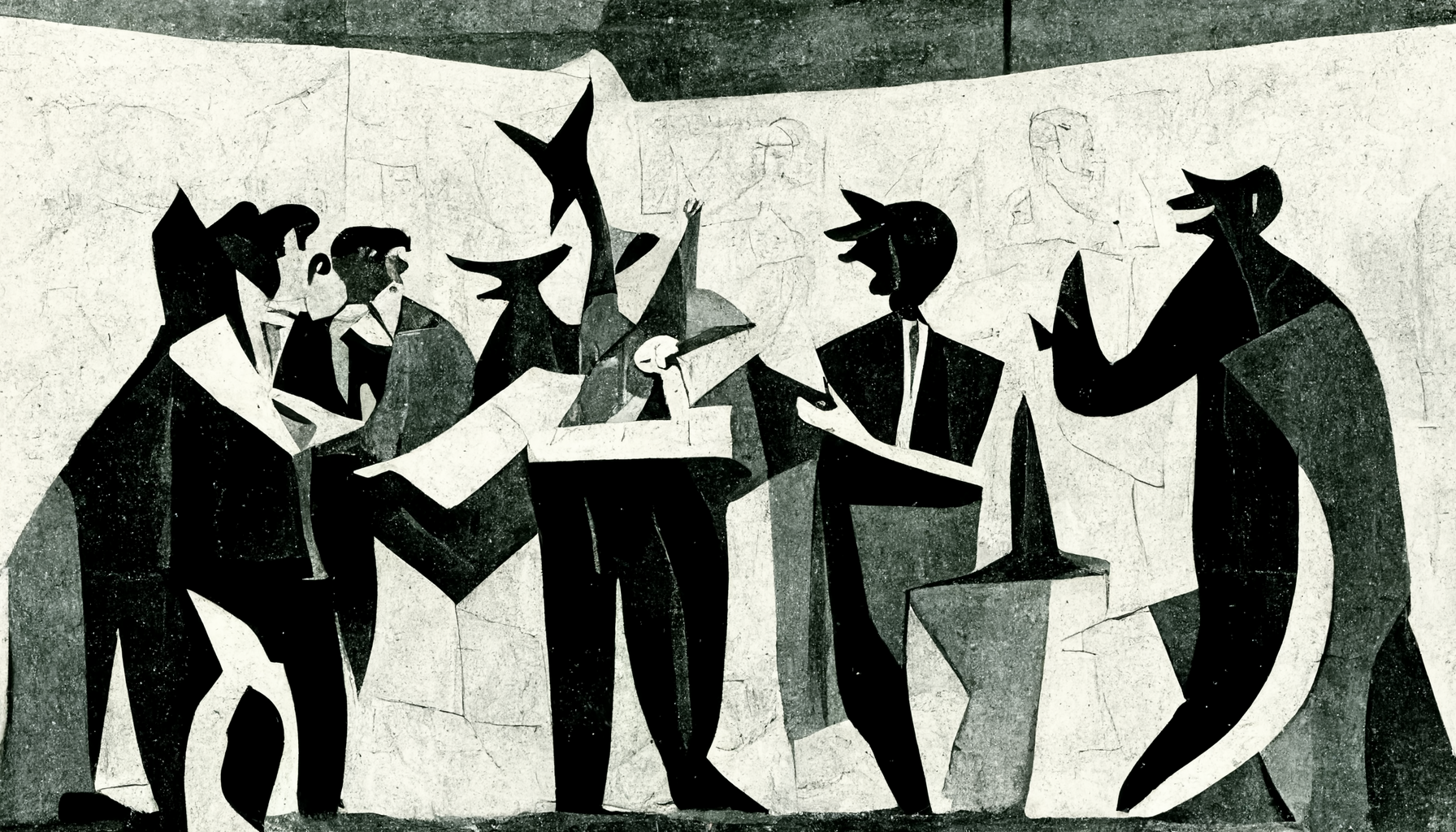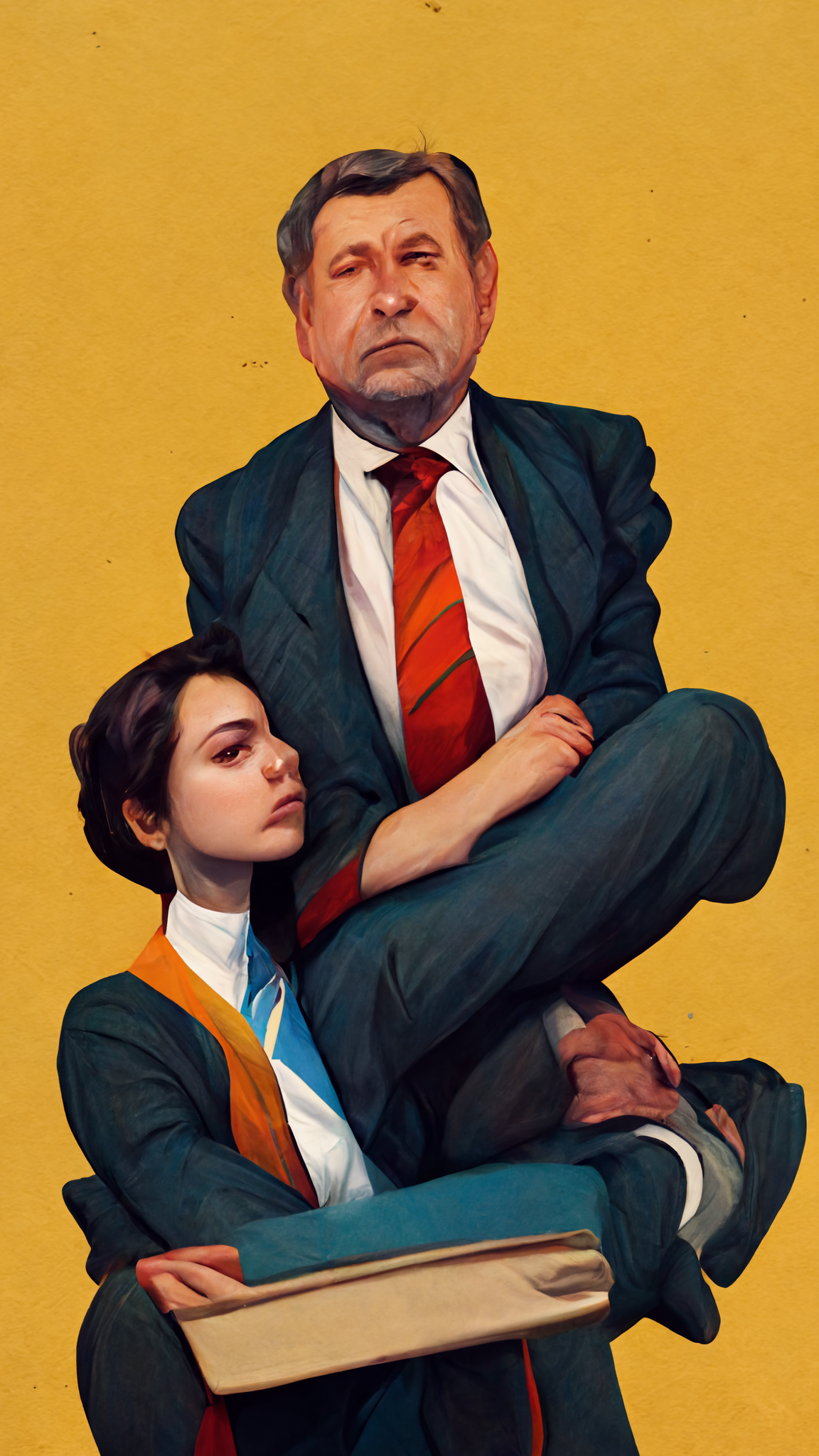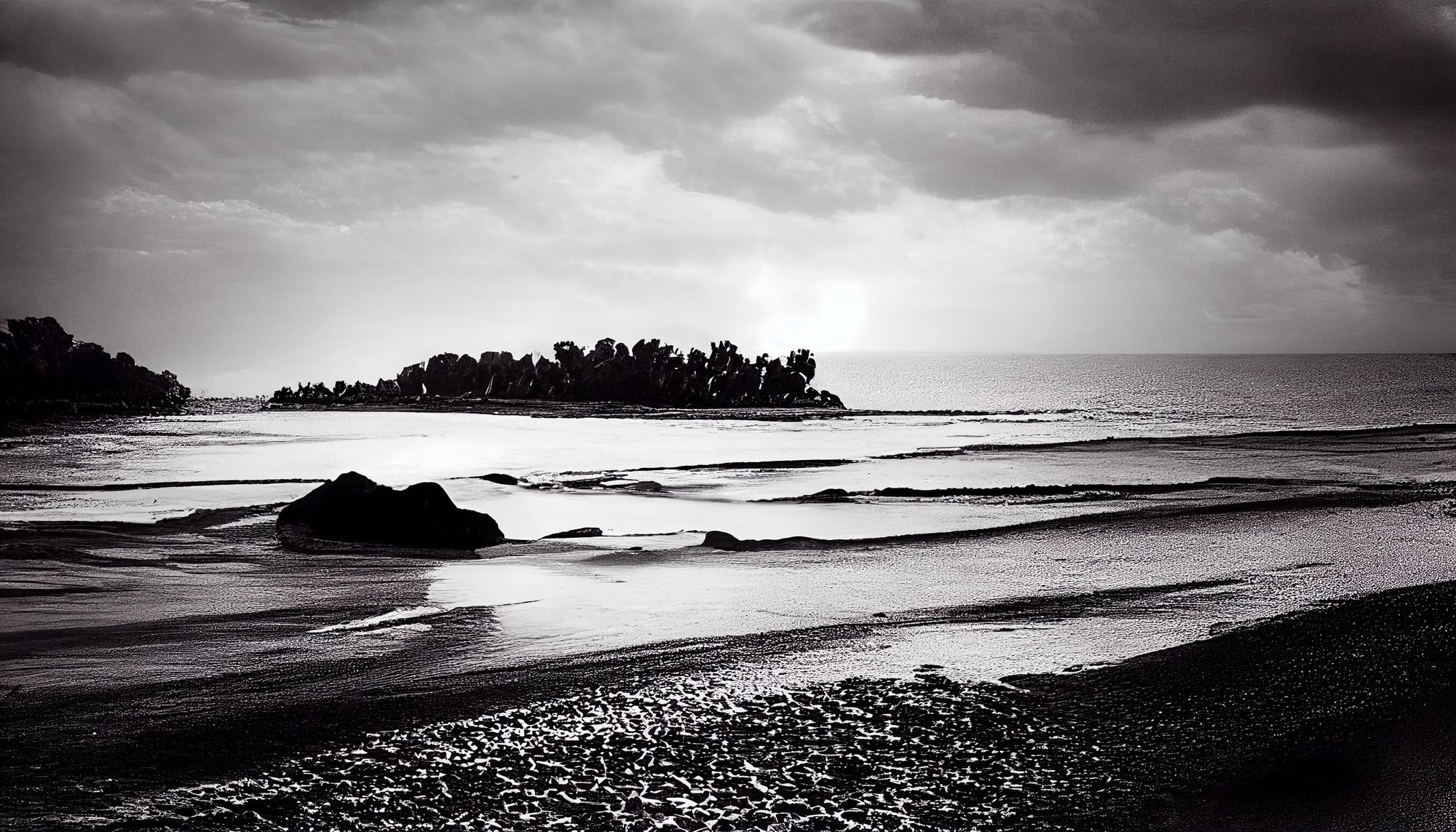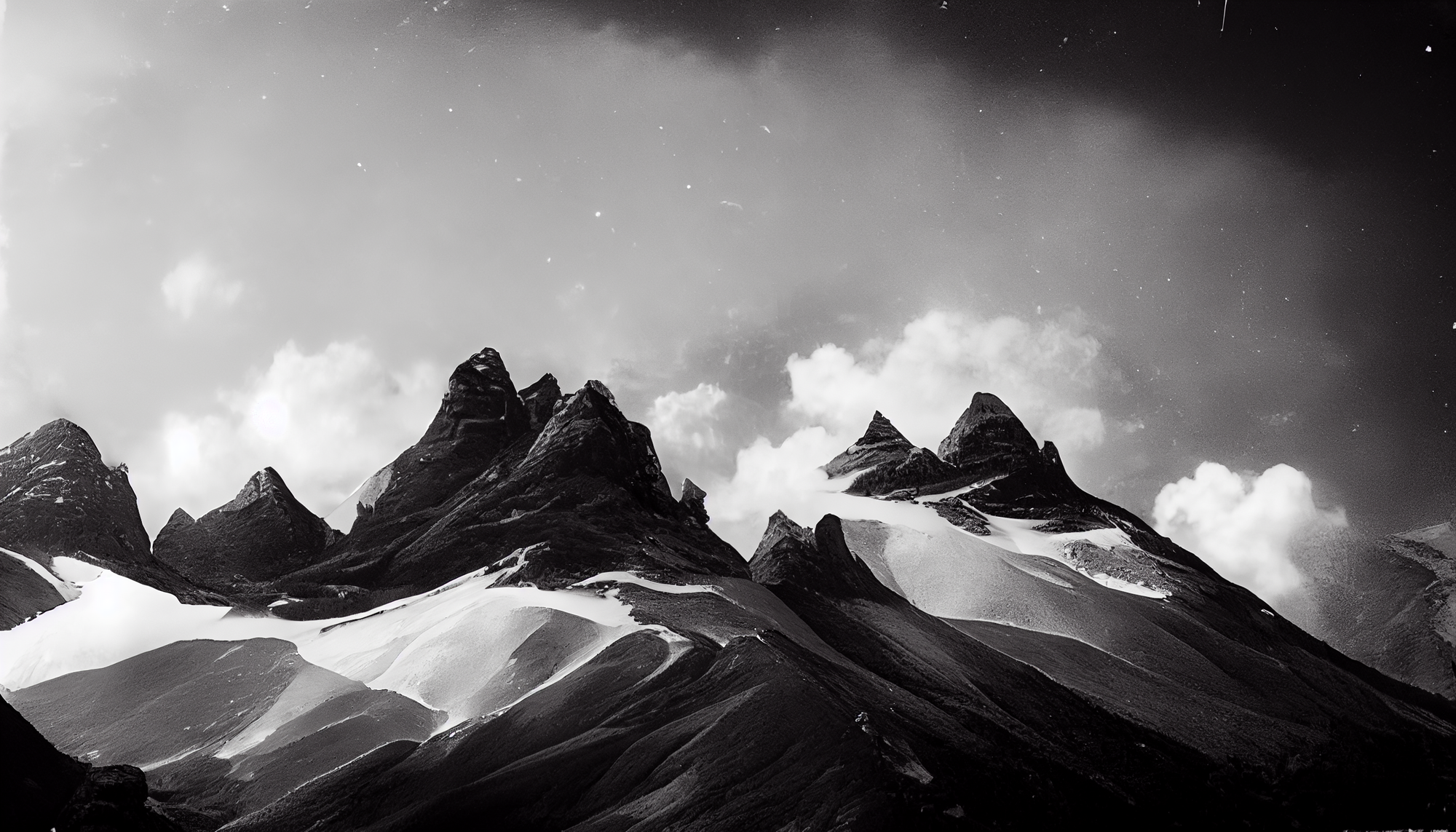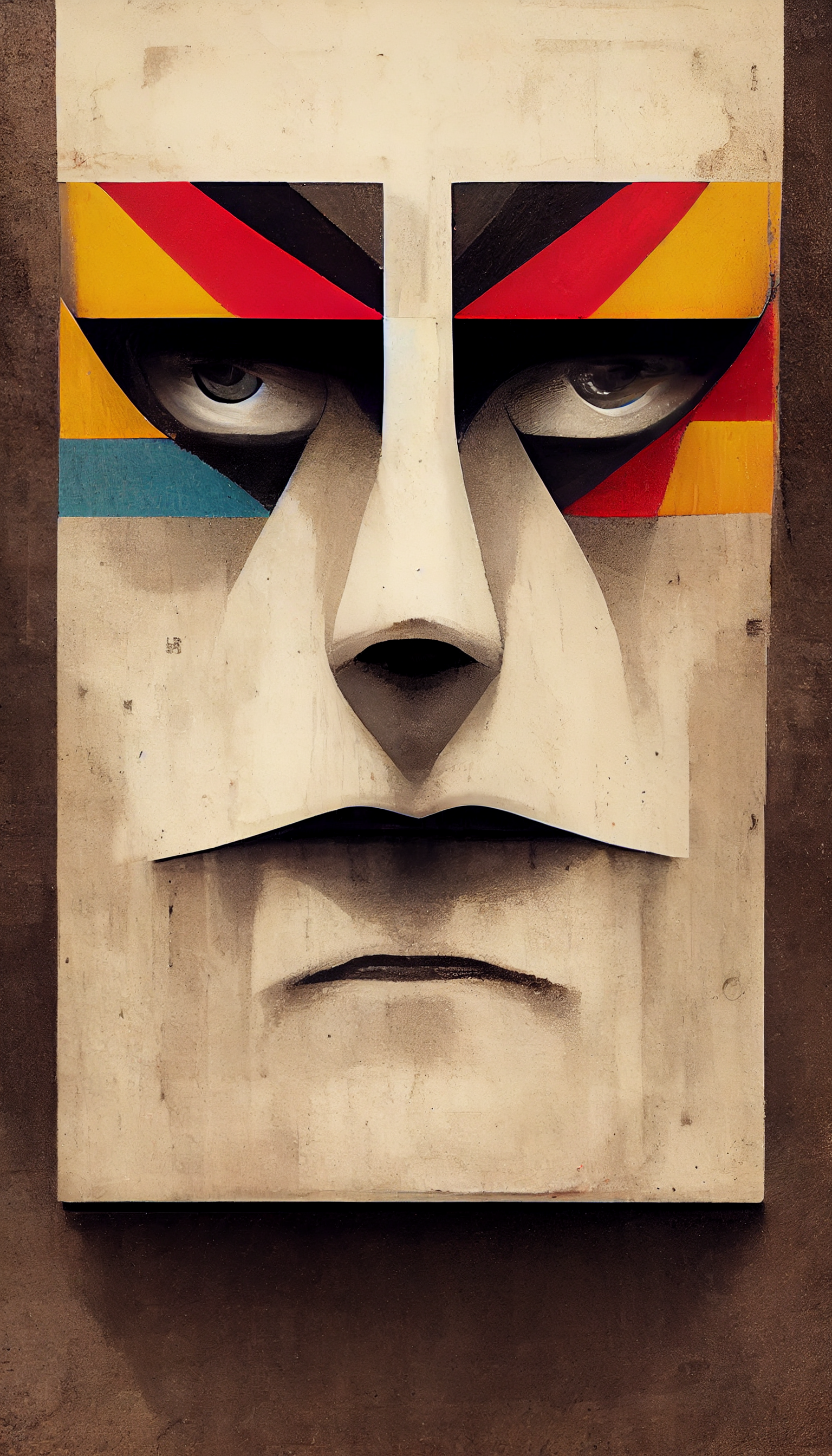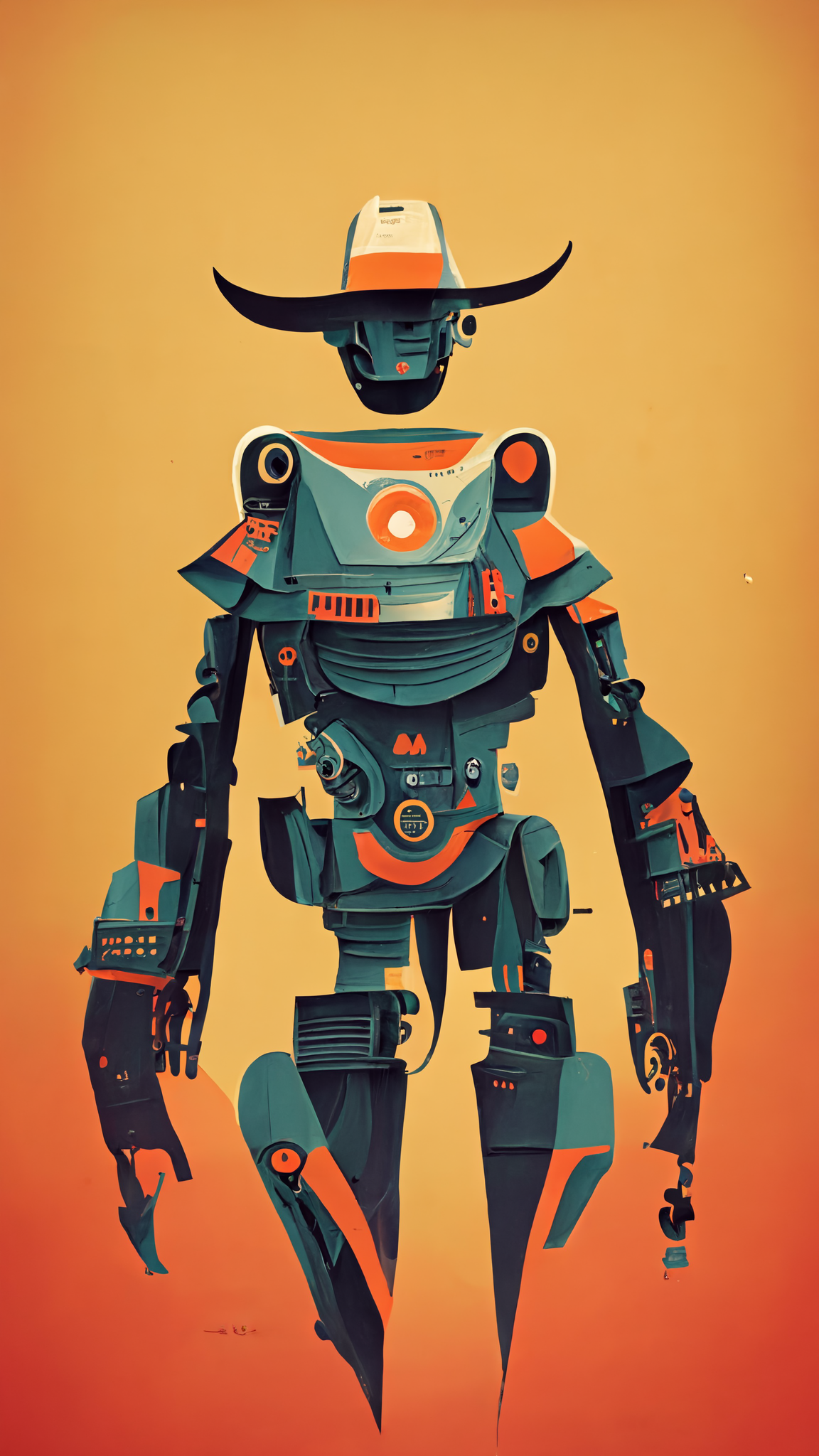Can I say I made this with a straight face?
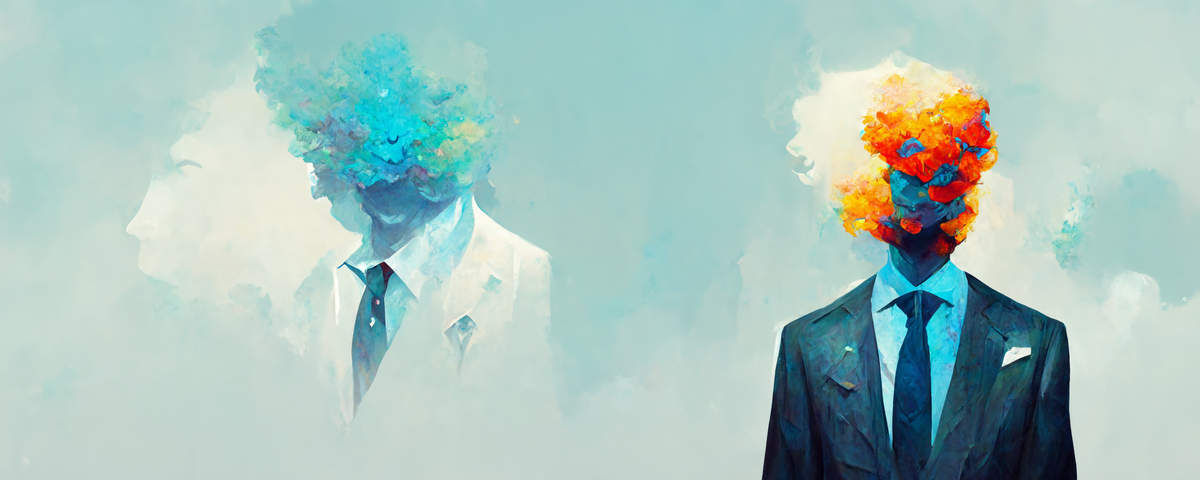
also titled "A rave review of AI-generated art".
It's the first time in decades that the art community will face again the question of "What is merit?". It happened with Warhol in the 1950s and 60s when he and other contemporary artists embraced mass production and used it to create new formats of artistic expression. Warhol gained notoriety in the early 1960s for his attitude and the controversial way he leveraged new forms of mass production to express non-conformism. AI-generated art is a tool and nothing but a tool, and we now have to wait and see what artists will do with it.
I'm hoping that between all the smoke, a new generation of radical artists will be born that will be able to harness the power of AI-generated art in a radically different way.
If you're expecting an unbiased review of AI-generated art, I'm sorry to disappoint you: this is the opposite of unbiased. This is a heavy biased post. It's a rave review of the absolute fun I've had while generating images via AI.
If you've sat anywhere near me for the last week, or if you're one of the 50 people who follow me on Instagram, you've heard me rave about AI art and probably have received a barrage of images on your feed. I've been in a texting relationship with Midjourney's Discord bot for the last week and I've had more entertainment, fun, and inspiration than with any other tool or game.
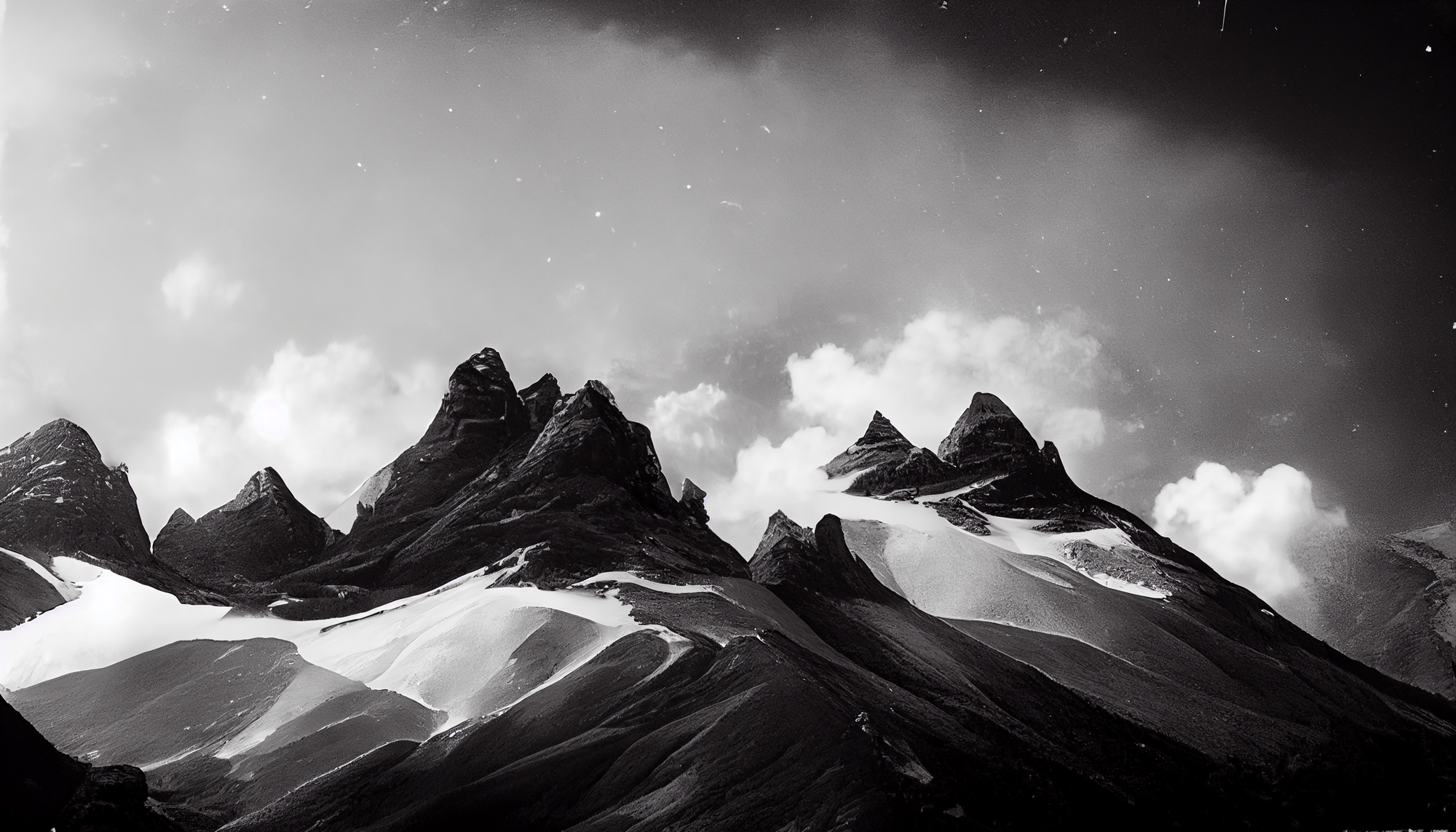
How does it work? It's very simple, you just tell the bot a sentence describing what you want. –– You create a Discord account if you don't have one already, log in to their server with your account, and start firing away. You get a 25-image trial - that I promptly exhausted in 5 minutes - and then you pay a subscription for it. When you first start, they put you in a newbie's chat room where you can see how other people use the chatbot, and start getting your creative juices flowing.
The hardest part of the process is to figure out what you want. You can go comedic, artistic, or anything in between. You can ask for "Mark Zuckerberg smoking those meats"
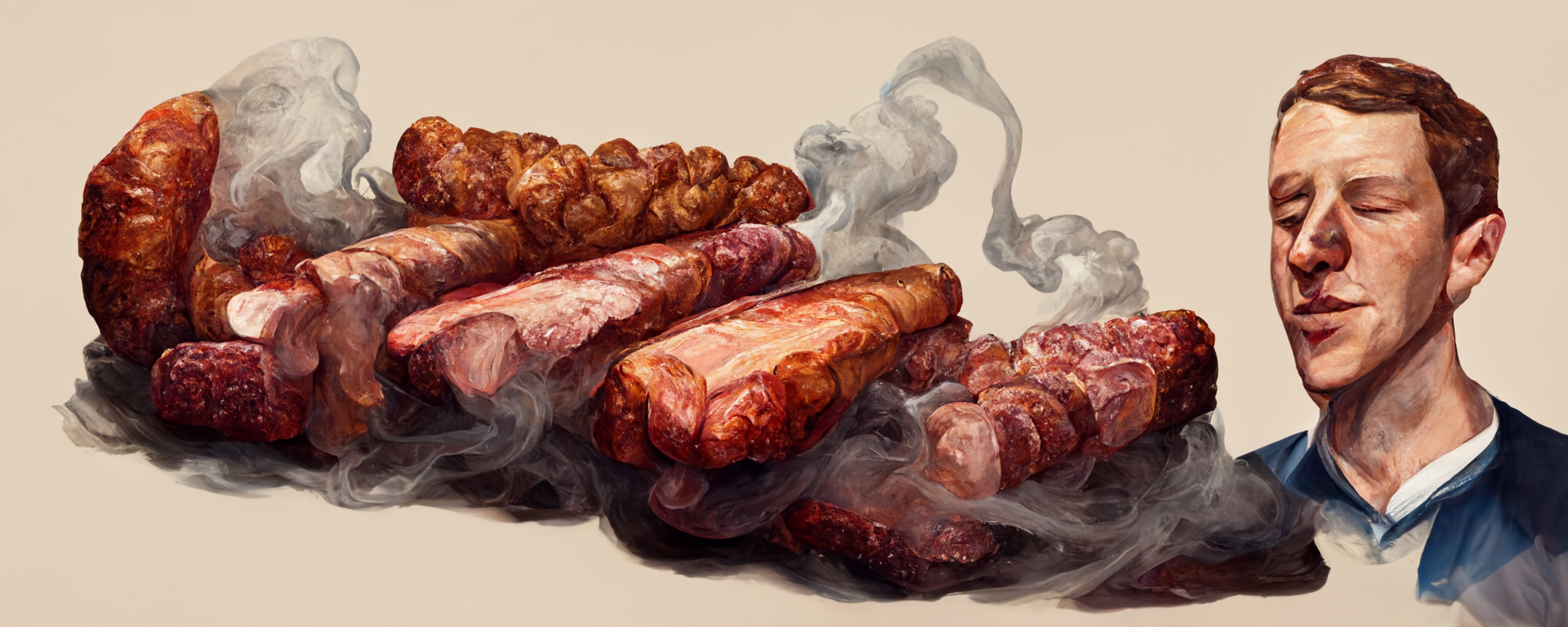
or for a techno cyberpunk priestess queen in futuristic Cairo:
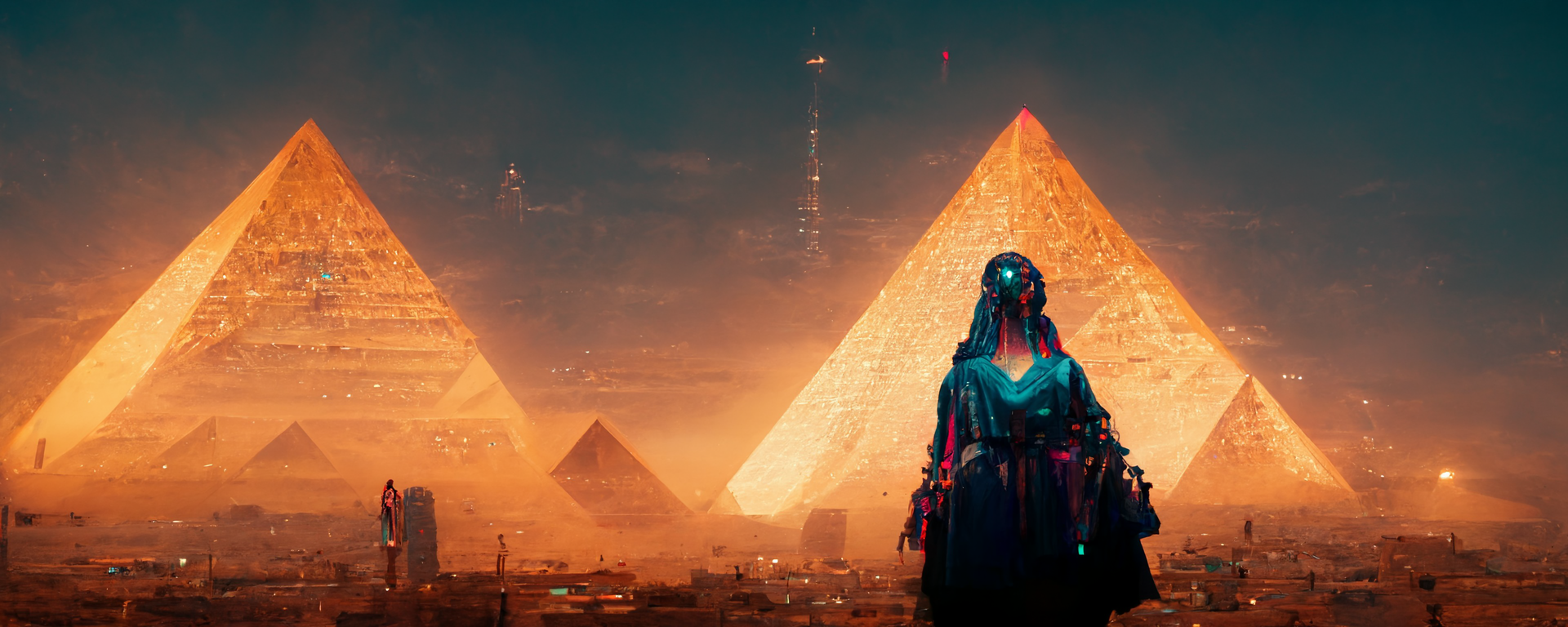
The possibilities, and styles, are endless. I've created a little over 900 images in the last week, ranging from ink art to Picasso Guernica-style jazz bands to futuristic landscapes. Midjourney has built it into a community, too, which means unless you pay considerably more, the default is for everyone's images to be public, and there's active communication between the development team and the users, with continuous testing of new models and algorithms. For instance, they're now testing a more photorealistic model:


The truth is, if this is what the beginning of AI looks like, I can't even fathom what we'll be able to do in the future. Imagine applying this kind of learning to other media, or more complex problems dependent on human behavior.
The moral dilemma of merit or "Can I say I made this with a straight face?"

Other than the prompt, I, as an "artist", have nothing to do with what's generated. The output of the bot is a result of millions of images of training data and a GAN, i.e. Generative Adversarial Network, a type of ML algorithm. Can I, with a straight face, say I made this? No.
This presents unique challenges for the artist. Even if you're determined to consider this part of your body of work, most generated images have small tells that they've been created by an AI. AI-generated images tend to over-index on small details that a human wouldn't, and make small design choices that would be considered shape mistakes by a human.
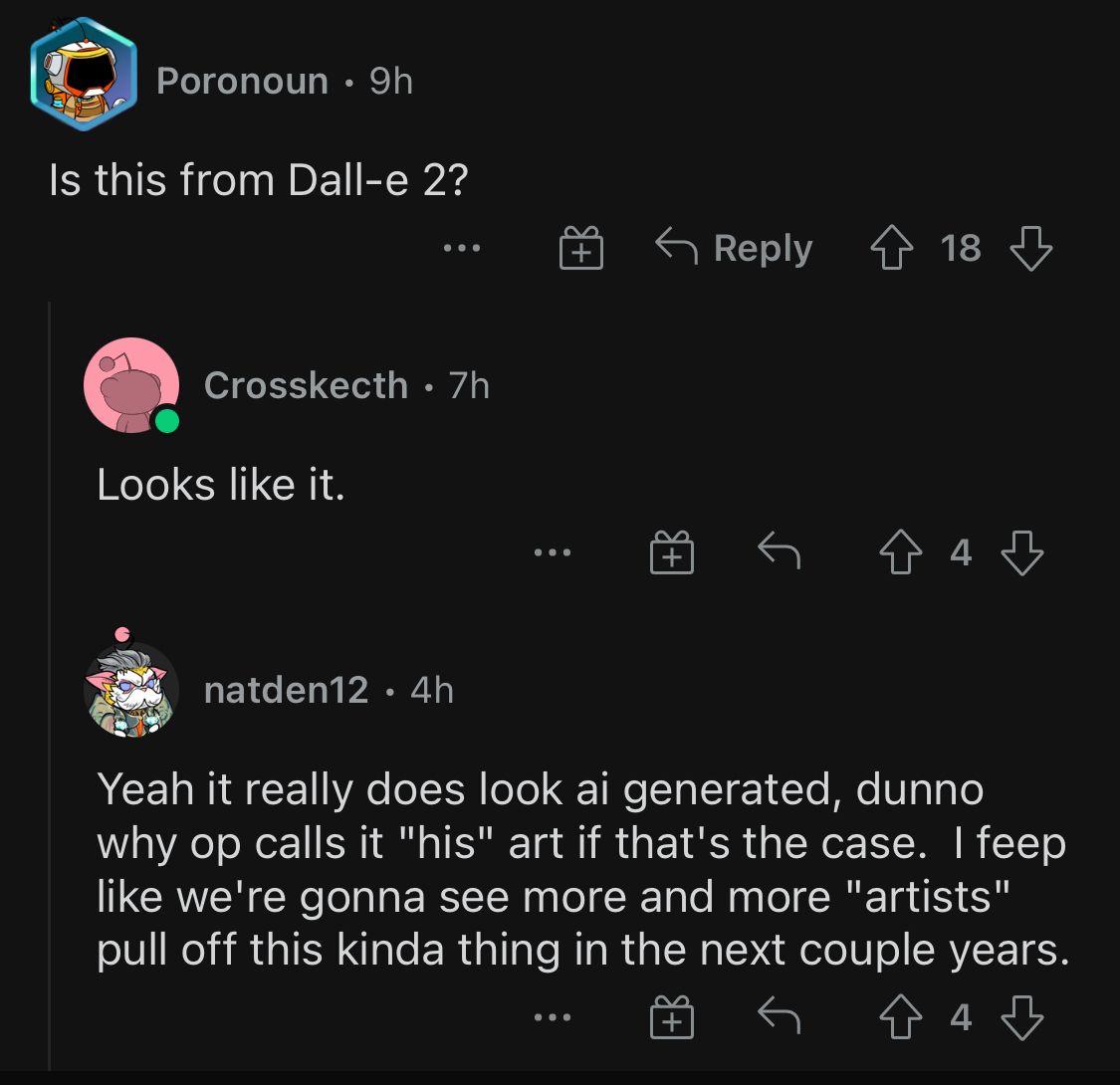
The AI, for the most part, has no idea how to generate a face with 2 eyes. It understands the concept of a face and even the concept of eyes in a face, but it may make mistakes when drawing them that can seem jarring, bordering the uncanny valley.
Of course, these are just obvious limitations with the underlying algorithms, the amount of data used to train the models, and the quality of its labeling.

What is this good for?
For anything you want it to be. I'm not going to get into the details of artistic integrity because I don't feel they matter. As I mentioned above, it's not the first time new tools challenge pre-conceived notions of what merit is.
There will be a difference, though, between those who just use the plain spit-out images from these bots, and those who twist them and make them unique to their advantage by further creating derivative works out of them. This is not to say bots like Midjourney and DALL-E aren't producing immediately valuable results: 80% of the images I've generated are, in my opinion, better than the most sold t-shirts and phone cases I've seen. However, I'd think of them as a tool and nothing else. Unique forms of creative expression will require further work and effort by the artist.
One final thought: AI's know-it-all conundrum
AI-generated art is only as good as the data you train it with. This is, with very few exceptions, the same for most ML algorithms and applications out there.
There is enough entropy in the human brain to generate and synthesize new abstract concepts that while completely revolutionary, still have a strong semantic foundation and can be understood and appreciated by other humans. That's not the case for AI. I'm not trying to give us, collective humanity, too much credit though: we're a species that notoriously craves pattern matching, and that's exactly what ML does.
However, the conundrum here is that even a bot like Midjourney, with its infinite possibilities, will only remix and rehash what has previously been seen. Remember, know-it-alls don't know it all, they just parrot what other people know. New concepts and abstractions will require continuous training, unless the future awaits us a mind with enough entropy to generate concepts that will be both unseen and completely understandable by humans.
And now a gallery of my creations. That I own. But I did not make.
